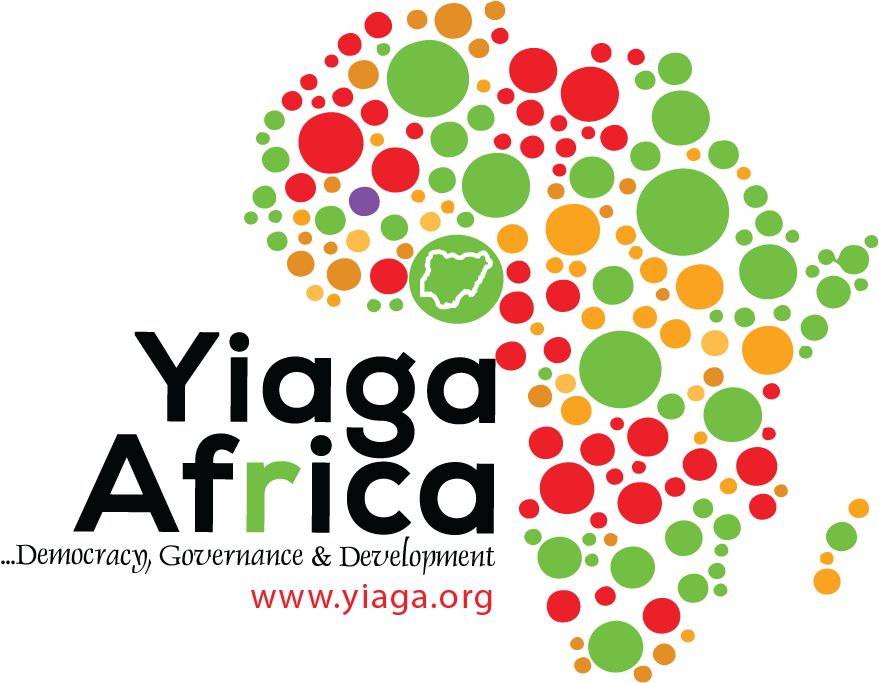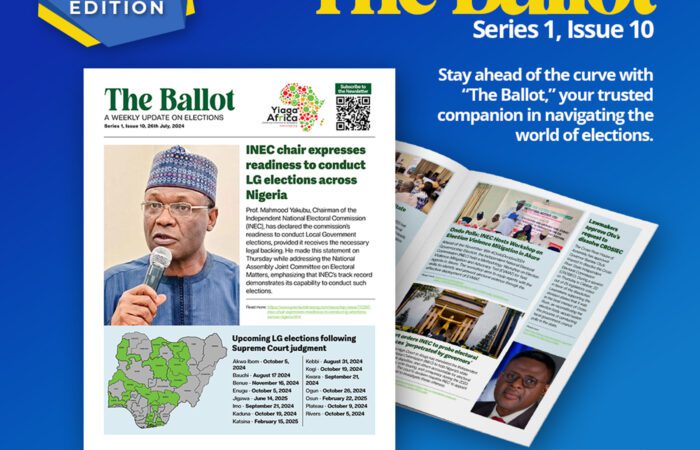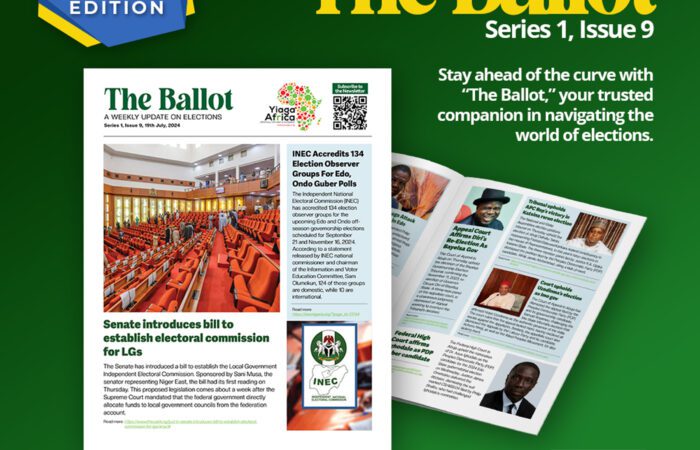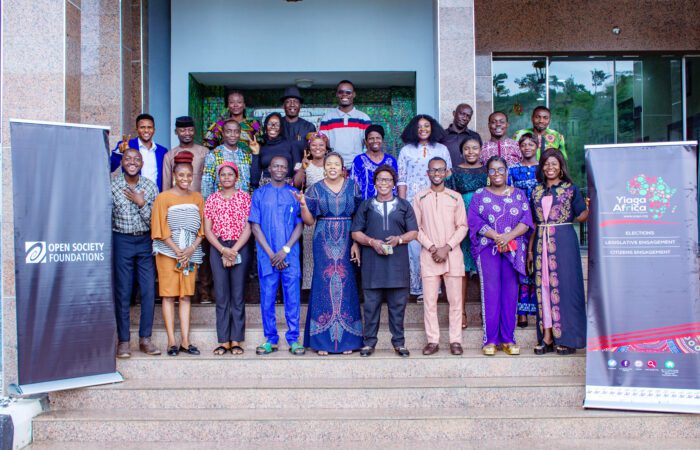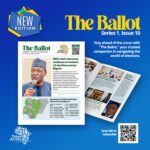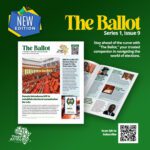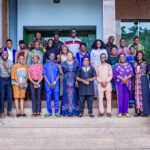The voting pattern that characterised the last five presidential elections in the six geopolitical zones may shape the general elections next year, Daily Trust investigations, through analysis of official voting figures in the last 20 years, have shown.
The northwest and south-south geopolitical zones had the highest voting figures in Nigeria’s presidential elections since 1999, according to official data obtained from the website of the Independent National Electoral Commission (INEC), and other sources.
President Muhammadu Buhari, for instance, had won popular votes in the northwest and northeast in 2003, 2007, and 2011. Despite that, he still couldn’t win the presidential vote due to his poor outreach in the southern zones.
On the other hand, Presidents Olusegun Obasanjo, late Umaru Musa Yar’adua, and Goodluck Jonathan were elected for winning in southern zones and securing at least 25 percent in some states in the northwest, northeast and north central.
The northwest, the country’s most populous zone with a combined population of 35.78 million according to the 2006 official census, led other zones with the highest valid voting figures during four of the five presidential polls conducted since the country’s return to democracy in 1999.
The northwest, comprises seven states of Kano, Zamfara, Kebbi, Katsina, Kaduna, Sokoto, and Jigawa, had the highest valid votes in 2003, 2007, 2011, and 2015 presidential elections.
The south-south region (Rivers, Delta, Akwa Ibom, Edo, Cross River, and Bayelsa), was in a surprising second position on voting figures even when in population figures it’s 14 million less the northwest’s. With official census figures of21.01 million, the zone had the second highest valid votes in 2015, 2011, and 2007 and 2003 polls.
The oil-rich zone, however, overtook the northwest to become the zone with the highest voting data during the 1999 polls. It was not clear whether the zone’s impressive performance had anything to do the fraudulent voters roll that enabled vote padding before the introduction of card readers.
The southwest, the second most populous region after northwest with census figures of 27.95 million, and comprising Lagos, Oyo, Ogun, Ondo, Osun, and Ekiti, had the lowest votes in 1999, but came fourth place in 2007, fifth in 2011 and 2003, and second in 2015.
Surprisingly, the zone recorded poor voting figures in 1999 even when the two presidential candidates – Obasanjo and Chief Olu Falae – were from the same zone.
The northeast (Borno, Yobe, Gombe, Bauchi, Taraba, and Adamawa), with population figures of 18.97 million, came third place in 1999 and 2003, sixth in 2007 and 2011 and fifth in 2015.
The southeast comprising of Ebonyi, Imo, Anambra, Enugu, and Abia, with census figures of 16.38 million, came fifth place in 1999 and 2007, fourth in 2011, and sixth in 2015 and 2003.
The northcentral (Plateau, Benue, Kwara, Kogi, Niger, and Nasarawa), with census figures of 20.16 million, came third place in 1999, 2007 and 2011, fourth in 2003 and 2015.
Zonal voting pattern
In 1999 polls, the south-south had the highest valid votes of 4,227,330, followed by northwest 3,884,836, northcentral 3,615,793, north east 3,552,353, southeast 2,307,772, and southwest 1,902,196.
In 2003 elections, the northwest led with 9,643,772 valid votes, followed by south-south 7,673,448, northeast 6,237,877, northcentral 5,739,206, southwest 5,698,907, and southeast 4,550,279.
During 2007 elections, the northwest had the highest valid votes cast totalling 8,867,128; trailed by south-south 6,770,546, northcentral 6,494,860, southwest 4,349,730, southeast 3,673,274, and northeast 3,114,413.
In 2011, the northwest led other zones with the highest valid votes of 6,844,836, south-south 6,197,404, northcentral 5,052,348, southeast 5,044,923, southwest 4,553,999, and northeast 4,814,167.
In 2015, the northwest had the highest valid votes of 8,505,577, with south-south following with 4,667,879, southwest 4,362,456, northcentral 4,149,143, northeast 3,672,348, and southeast 2,719,654.
Voter roll rose by 50% in 20 years
The number of registered voters has risen by 50 percent in the last 20 years when the country returned to democratic rule, according to the investigations.
About 85 million Nigerians have so far registered vote in the 2019 polls. This will represent a huge increase of 28 million from the 57 million that voted in 1999.
The turn out over the years ranges from 53 percent in 1999 to nearly 70 percent in both 2003 and 2007, then down to 53 percent in 2011 and further down to 43 percent in 2015.
The current figure is considered the most credible so far in the country’s election history, particularly due to the adoption of biometric voter registration and card reader machines deployed during the elections.
Over these years, the case of underage voting was very prevalent when images and videos of children voting during elections went viral.
In some cases, the number of voters for presidential elections tripled that of votes cast for other elective positions.
In 2011, INEC chairman Professor Attahiru Jega replaced the old and inflated voter roll which had on the list former President Nelson Mandela of South Africa and the late music superstar Michael Jackson, with a new voter registration system that relies on fingerprints and photographs.
President Buhari scored half of the votes in 2003 and 2011 elections.
The official data analysed by Daily Trust show that 175 million Nigerians had voted in the five presidential elections where 81 candidates contested.
Also, the April 2003 election which saw Chief Obasanjo emerge for the second term had a voter turnout of 69.1 percent.
The April 2011 presidential election had the highest registered voters of 73, 528, 040, according to the official data.
A total of 81 candidates contested for the number- one seat in the last presidential polls held between 1999 and 2015, where Obasanjo, Yar’adua, Jonathan, and Buhari were elected as presidents.
No matter the number of candidates, it has always been a two-way race in all the elections. From 1999 to date, the candidates that matter have been the first two.
Only two candidates contested in the 1999 elections, 20 vied in 2003 polls, but the number rose to 25 in 2007, and down to 20 in 2011, and 14 in 2015, according to the official data.
Buhari is leading the league of serial presidential candidates, having contested four times only to course to victory in 2015. Obasanjo contested twice and won, late Yar’adua contested once and won, and Jonathan contested twice and won once.
2019: 68 parties, 85m voters
INEC chairman Professor Mahmood Yakubu said that as at the second week of January, the commission had registered 74 million voters.
The figure is expected to reach between 80 and 85 million by 2019 because of the on-going nationwide Continuous Voter Registration (CVR).
It is also clear that many political parties may contest the 2019 presidential vote. In January, INEC said it had registered 68 political parties. This figure may rise before the February polls.
We can’t pass off INEC figures -TMG
Ms Abiola Akiyode-Afolabi, chairperson Transition Monitoring Group (TMG), said it is not “nuanced enough to simply pass off those figures” to describe the polls as credible. She explained that even the 2015 elections that were adjudged as the most credible, were not flawless.
“The 2015 polls, which were deemed credible on account of their historic outcomes, also witnessed a lot of shortcomings. For instance, TMG Quick Count observation report for the Presidential and National Assembly elections of March 28, 2015, documented a brazen attempt to inflate voter turnout figures in three states in the south-south geopolitical zone during the election. These south-south states, where the turnout figures veered significantly from the average turnout figures nationally were Delta, Rivers, and Bayelsa,” she said.
On the zonal voting figures, she said: “the position about the south-south having the highest number of valid votes is not grounded in the province of fact. Except, of course, we just want to accept and pass off the INEC figures, without further context of the problems dogging the electoral process.”
Source: Daily Trust
